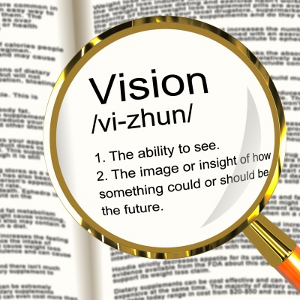Correspondence
FAQ Topic:
 |
IntroductionWe use correspondence as a generic term for written information sent to a target audience. It may take many different forms. For example, it may a business letter, memo, text message, email, post, graphic or some other related information. |
Properties of any meaningful correspondence
Every piece of correspondence has:
- An implicit or explicit addressee.
- Implicit or explicit contact information on the sender.
- If the correspondence is time sensitive, it must contain an implicit or explicit:
- Start and end date and time of the event
- When the information was sent, and
- The duration of the event.
- The correspondence must have a context that is implicitly understood by the addressee or explicity stated to the addressee.
- It must contain information relevant to the addressee, otherwise it is spam.
- The content of the correspondence must use a language and vocabulary that the addressee understands.
- The correspondence must engage the receiver, regardless of the topic.
- Most correspondence should have a call to action (CTA), For example, "Let's set up a meeting for next week. Unless you have a conflict, let's make it Tuesday at 3pm", "Take care of yourself", "Let's get this done".
